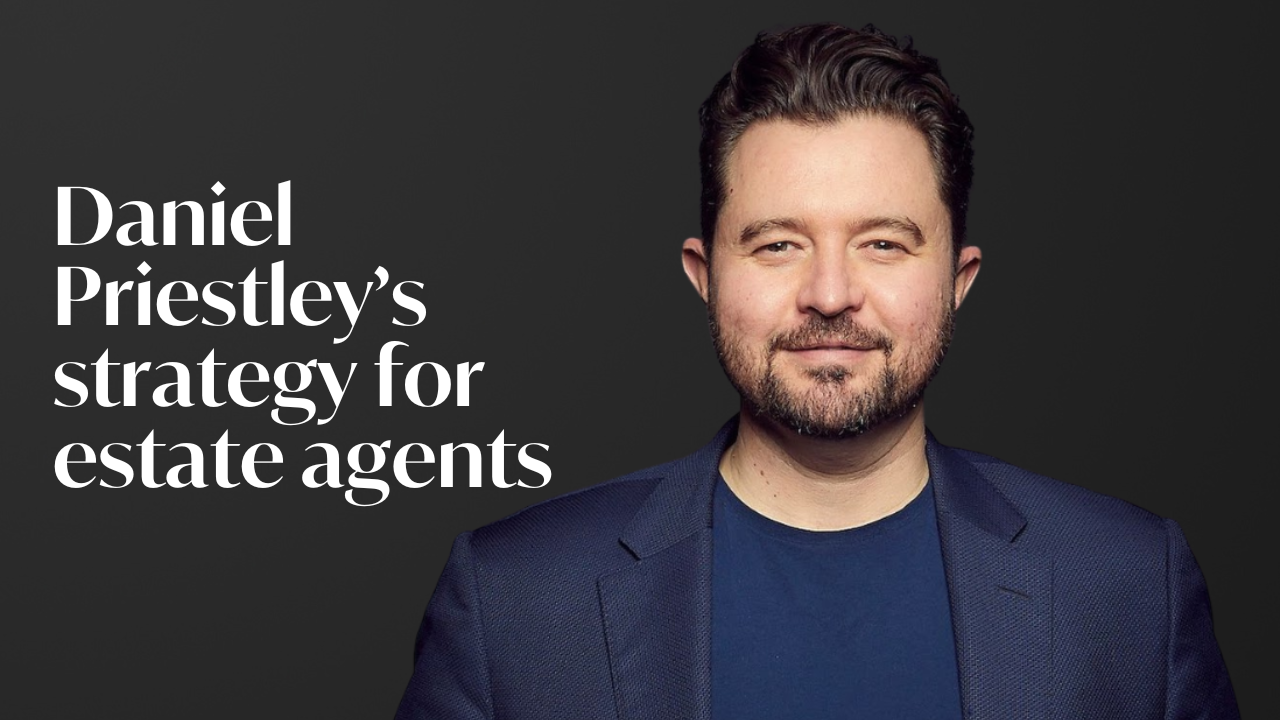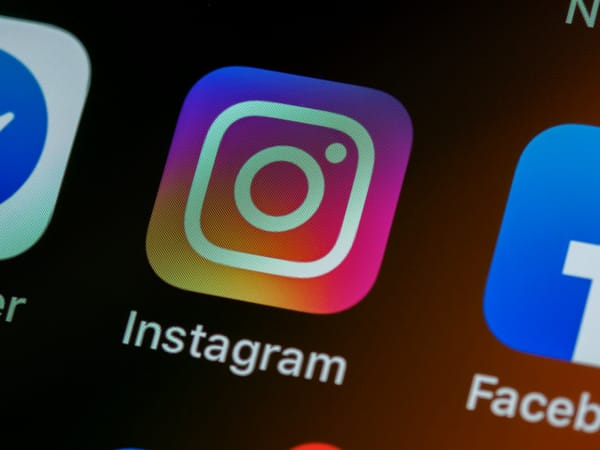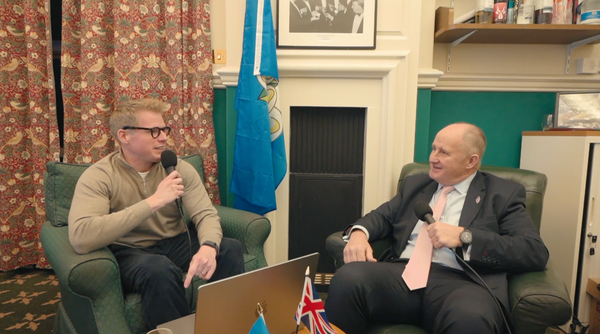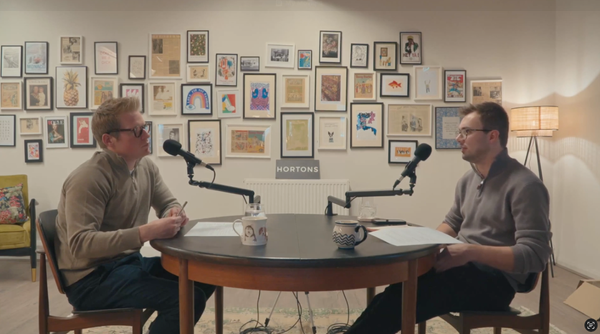Daniel Priestley's 7-11-4 strategy for self-employed estate agents

Good morning!
I was listening to Diary of a CEO yesterday morning - it was one of my favourite episodes yet - with Daniel Priestley, “The Money-Making Expert.” There was so much practical advice for business owners about building a personal brand, so I would highly recommend giving it a listen.
I wanted to write about two aspects discussed early in the podcast: building trust and the value of creating a parasocial relationship with your audience.
When it comes to building trust with your audience, Daniel Priestley developed his 7-11-4 strategy, particularly for businesses or individuals offering high-value services. The idea is based on the principle that people need to feel a strong connection before committing to significant purchases or decisions.
This is similar to the ‘Rule of 7’ concept in traditional advertising, which is something we've applied to direct mail strategies here at Hortons
What does 7-11-4 mean?
7 hours: A potential customer needs to spend at least 7 hours engaging with your content or brand. This could be through reading articles, watching videos, attending webinars, or having conversations with your team.
11 interactions: A customer should have 11 points of interaction with your brand. These interactions can include emails, social media posts, meetings, phone calls, or even seeing your advertisements.
4 platforms: The engagement should happen across 4 different platforms or channel -for example, your website, social media, email marketing, podcasts, or events.
Why does it matter?
The 7-11-4 rule is based on the principle that trust is built over time and through repeated exposure. By engaging with your audience across multiple touchpoints and platforms, you create a sense of familiarity and reliability, increasing the likelihood of them using your services.
How to apply it
Content creation: Develop a range of content formats (articles, videos, podcasts) that your audience can consume over time. Don’t focus on just one type of format or leave other content types out. It’s important to remember that some people like reading content, while others prefer watching or listening.
Multi-channel strategy: Be present on multiple platforms where your audience is active (e.g., LinkedIn, Instagram, YouTube, email).
Consistency: Ensure your messaging and branding are cohesive across all platforms to reinforce trust and familiarity.
Measure engagement: Track how much time your audience spends with your brand and aim to hit the 7-hour mark for the average visitor.
The place to start is focusing on content creation - ideally by creating a bank of content ready for someone to binge. Ask yourself: if someone came across me online, could they spend 7 hours consuming my content? If the answer is no, build your ‘binge portfolio.’ This could include republishing video tours or advice videos to YouTube, getting on as many local podcasts (even those with small audiences), hosting more videos on your own YouTube channel, and creating fresh content. It’s also worth trying to get speaking engagements in your local area - look for any opportunities to tell your story, and capture it on audio or video. You could also spend some time writing articles, giving tips of advice and having them available on LinkedIn.
It’s easy to assume that every piece of content you produce has to perform well in the moment and consider it a failure if it doesn’t get likes, comments, or views. However, when creating your binge portfolio, don’t worry about that. Remember, the aim is to create content with a long tail - it’s there for a future audience, not just today’s.
This means you’ll be able to captivate your ideal client for longer when they land on your profile and explore your content. Without this, even if your perfect client lands on your page and wants to engage and learn more about you, they won’t be able to build that trust if there’s nothing to read, watch, or listen to. You risk losing them to others who have more content available.
Finally, all of this contributes to building a parasocial relationship with your future clients. The idea behind a parasocial relationship is that your audience feels like they already know you, even if you’ve never met them. If you’ve produced any level of content - even just video tours - you may have noticed that sometimes, when you arrive at a valuation, the client already feels they know you. It’s an absolute game-changer for conversion rates.
Focusing on your binge portfolio increases the chances of this happening. If a client is choosing an estate agent and you’re the one they’ve spent the most time engaging with through your content, they’ll feel like they know, like, and trust you much more than agents they’re meeting for the first time. Creating more content, specifically aimed at building the binge portfolio simply increases the chances of it happening.
Once you’ve got your binge portfolio together, put yourself in your ideal client’s shoes to test how effective it is.
If they like the look of your profile, is it easy for them to find other content?
Do you have helpful links in your bio?
Are your pinned posts and story highlights directing people to more content?
If you’re not maximising your Instagram or Facebook, you’re missing out on traffic.
Hope you found this week's article useful!
Thanks for reading
Adam
PS - Remember to listen/subscribe to the podcast - click [here] to listen. Over the past few weeks, I've published a video about my business failures and an interview with one for our Partners at Hortons.





